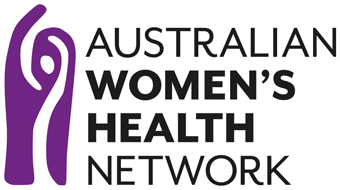National Women’s Health Policy 2010
Published: Australia, Department of Health, 2010
Status – CURRENT
The Federal Government’s National Women’s Health Policy 2010 aims to continue to improve the health and wellbeing of all women in Australia, especially those at greatest risk for poor health. It reflects the equal priorities of:
- maintaining and developing health services and prevention programs to treat and avoid disease through targeting health issues that will have the greatest impact over the next two decades, and
- aiming to address health inequities through broader reforms addressing the social determinants of health

